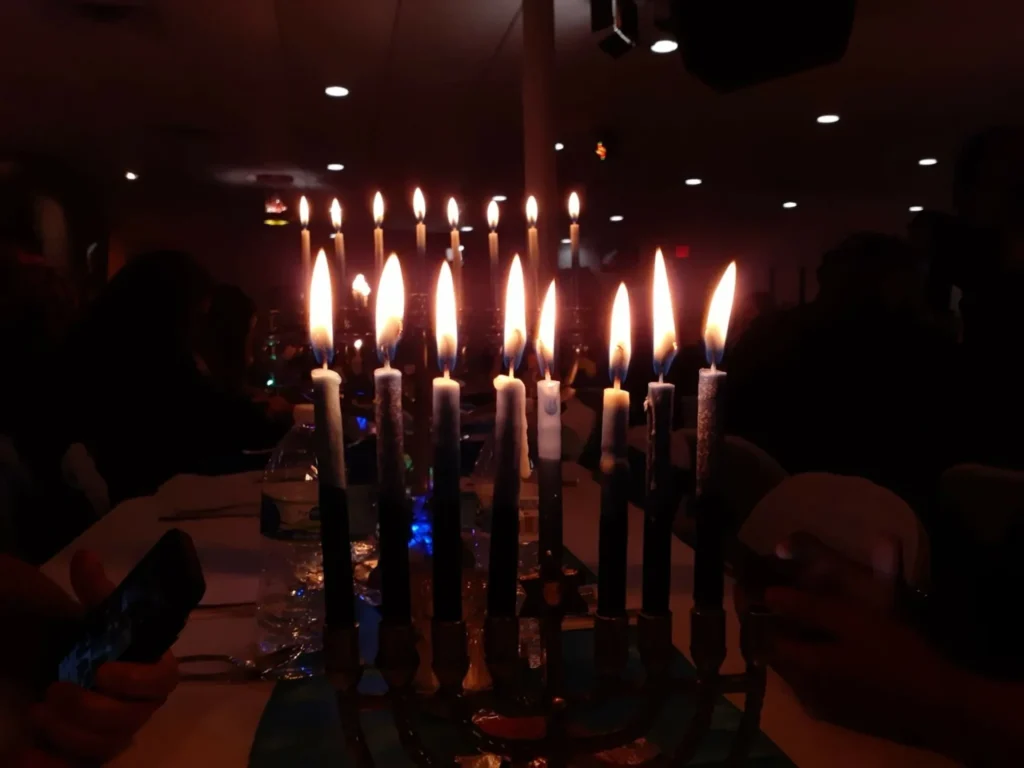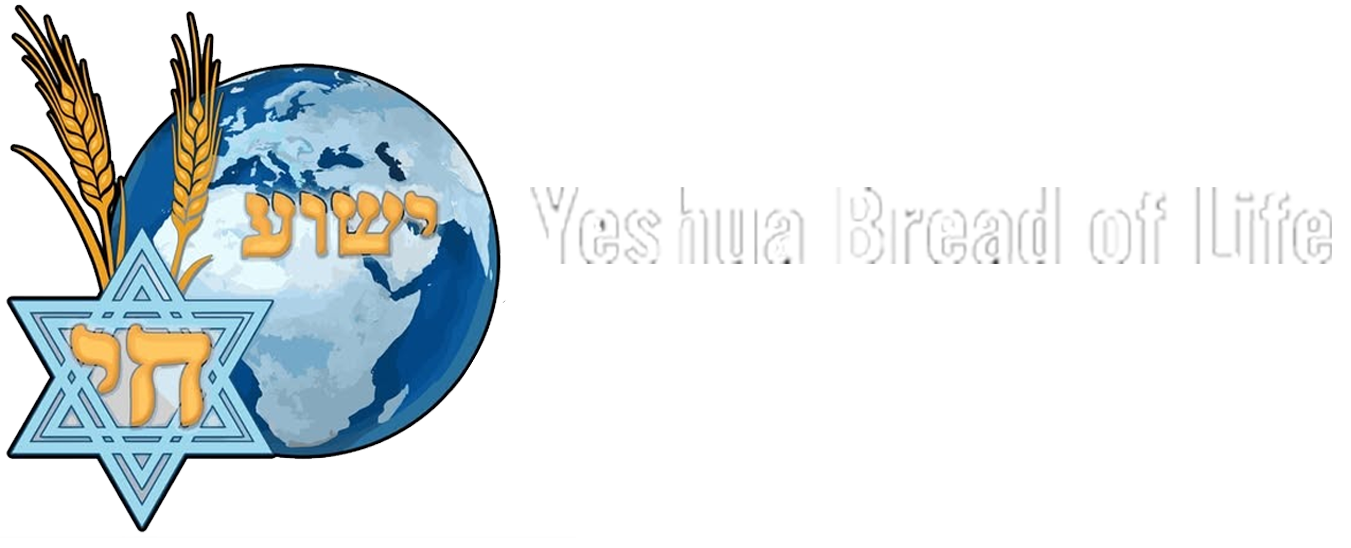The Feasts
the information found here on this page will help better your experience with
us and make you more prepared when you arrive.
the information found here on this page will help better your experience with
us and make you more prepared when you arrive.
the information found here on this page will help better your experience with
us and make you more prepared when you arrive.
the information found here on this page will help better your experience with
us and make you more prepared when you arrive.
the information found here on this page will help better your experience with
us and make you more prepared when you arrive.
the information found here on this page will help better your experience with
us and make you more prepared when you arrive.
the information found here on this page will help better your experience with
us and make you more prepared when you arrive.
the information found here on this page will help better your experience with
us and make you more prepared when you arrive.
the information found here on this page will help better your experience with
us and make you more prepared when you arrive.







The Appointed Times
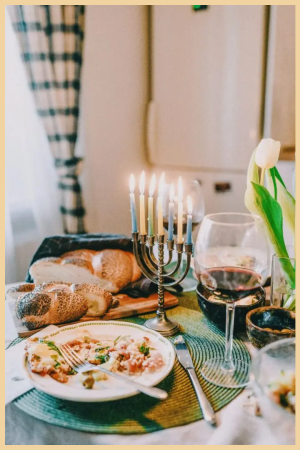
The seven feasts
The seven feasts of the Lord are his “Appointed Times” during which he will meet with men for holy purposes.
Four of the 7 feasts occur in the spring of the year. They are “Passover”, “Unleavened Bread”, “First Fruits”, and “Shavuot” (also known as “Pentecost”). These 4 Spring Feasts are summed up in only 19 verses of Scripture (Leviticus 23:4–22). In Messianic Judaism, these feasts represents the Messiah’s first coming, which has happened.
The 3 final feasts, in the fall of the year, are in the Hebrew month of Tishri (September/October). They represent the events associated with the Messiah’s second coming, which has yet to occur. These 3 final feasts forms the basis for what the Bible calls “blessed hope” (Titus 2:13).
The Spring Feasts
Pesach (The Passover)
This is the foundational feast. The 6 feasts that follow are built upon it. It is covered in Leviticus 23:5.
In all the words that are used to describe what took place in Egypt none fits better than one word – “Redemption”. Israel was redeemed so that they could worship and serve the true and living G-d. But this redemption is not without cost. Blood had to be shed. All of the lambs sacrificed in Egypt pointed to the one true Lamb of G-d which takes away the sin of the world (John 1:29).
The story of Passover begins in the book of Exodus. The children of Israel were slaves in Egypt, subjected to harsh labor and cruelty. G-d heard the cry of his people and sent Moses to tell Pharaoh to let G-d’s people go. However G-d hardened Pharaoh’s heart so that he would not listen, but G-d used this to perform many signs and wonders in Egypt. He sent plagues upon the Egyptians to spite their so-called gods and to show all that He is the one true G-d.
After nine devastating plagues fell upon the Egyptians, G-d instructed his people to take an unblemished lamb, one for each household, keep it for three days, and then slaughter it and cover their doorposts with its blood. They were to take its meat, roast it by fire, and eat it with matza and bitter herbs, and not a single bone in its body was to be broken. That night G-d went through the land of Egypt and struck down every firstborn man and beast; however, every house which had the blood on the doorpost was spared.
This was how G-d redeemed his people from bondage in Egypt. The blood on the doorposts was a sign that they were his people.
It was this event that became the first Passover, for the destroyer passed over each house that was marked with the blood. This became an eternal ordinance, a reminder for every generation of what G-d did to deliver his people.
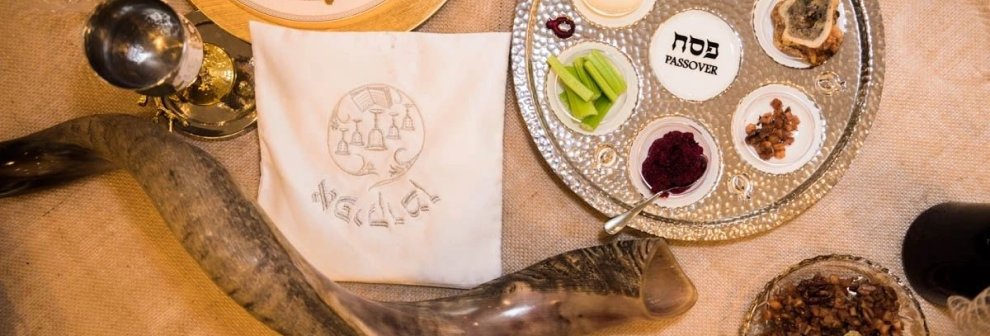
Fast forward hundreds of years later to find Yeshua observing the Passover Seder with his talmidim, an event also dubbed as the Last Supper, for that night Yeshua was taken into custody. He was beaten and interrogated, yet the only charge they could pin on him was admitting to being Mashiach Ben-Elohim. They could not find a true fault in him.
In the book of John, it states that Yeshua was handed over to be crucified on the Day of Preparation for Pesach, and then died that afternoon — at the same time the Passover lamb was to be slaughtered.
This was the ultimate act of redemption.
It is through Yeshua’s atoning blood that all, Jew and Gentile alike, can go before G-d and repent for their sin. Just as the lamb’s blood was used in the first Passover to redeem Israel from Egypt, it is through Yeshua’s blood that we are redeemed and called G-d’s people.
Unleavened Bread
This feast was to last for 7 days. On the first and seventh day, there was to be a time of meeting between God and man. In the preparation for this meeting, all leaven products were to be removed from the household. This feast is recorded in Leviticus chapter 23:6–8.
It is not just spring housecleaning; it is to remind us of our need for spiritual cleansing and repentance. Combining this feast with Passover makes this an eight-day celebration. The one word that fits this feast is “Sanctification”. The Messiah was set apart. His body would not decay in the grave.
First Fruits
This 3rd feast starts on the 2nd day of the Feast of Unleavened Bread. “First Fruits,” according to Jewish understanding, occurs on the 16th day of the Hebrew month, “Nissan”. It is the first crop planted in winter, the barley harvest. The first fruits of the harvest is cut and, in a prescribed ceremony, presented to the Lord (Leviticus 23:9 – 14).
Another name for this feast is called “Yom HaBikkurim”. It also starts the “Sfirat Haomer” – the counting of the sheaf. The one word connected to this feast is “Resurrection”. The Lord’s acceptance of the first fruits is a “pledge” or “down payment” on his part for the full harvest or resurrection (Ephesians 1:14)
The seven feasts
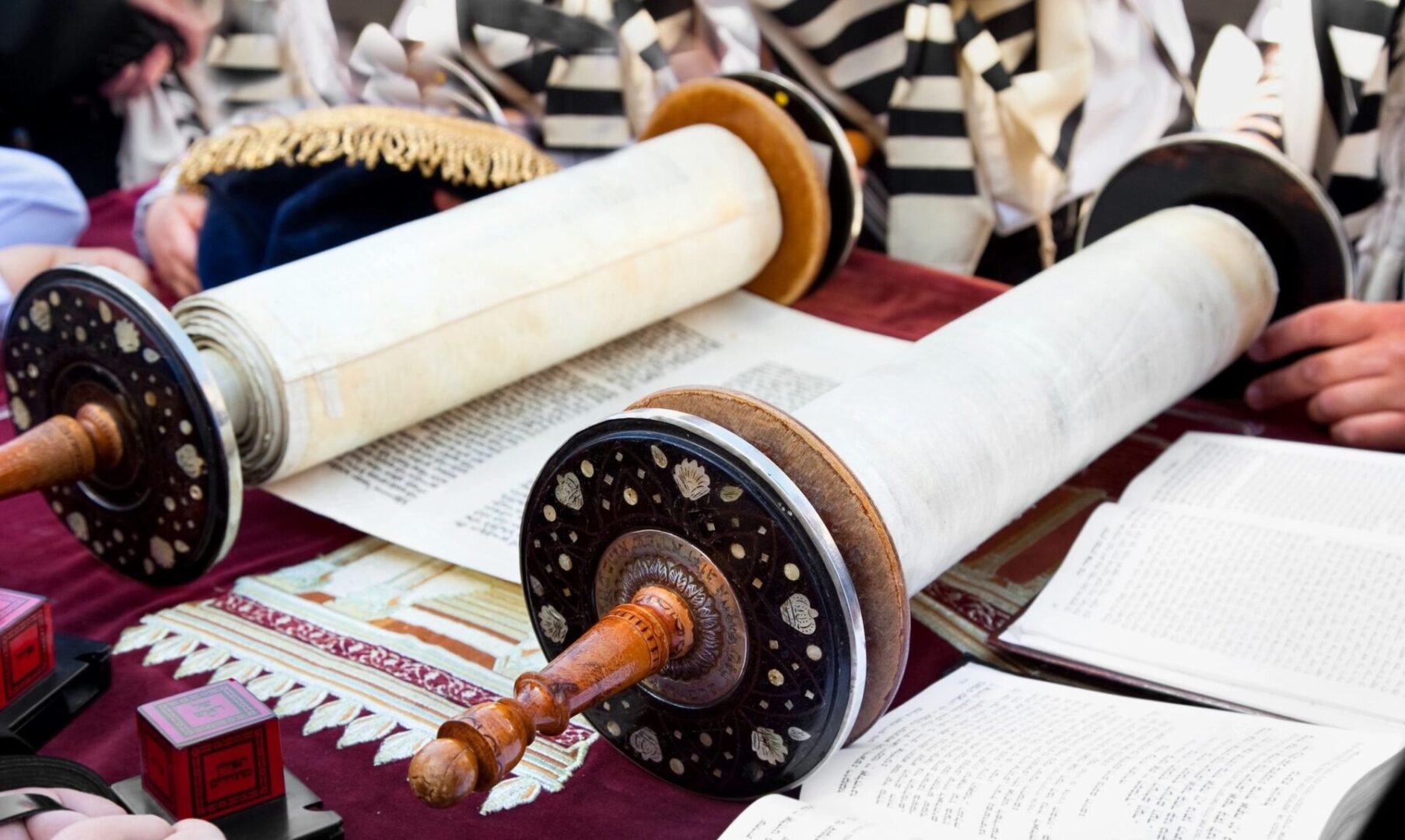
This feast is also known as “Pentecost” (Acts 2:1) – meaning “fiftieth”. This feast was the first fruits of the wheat harvest. The one word that connects this feast is the word “Orientation”. This feast is recorded in Leviticus chapter 23:15–21.
With this first fruits of the wheat harvest, Israel was to bring to 2 loaves of bread. This is the only feast were leavened bread was used. The two loaves represented Jew and Gentile – one in Messiah. It was the coming of the Ruach Hakodesh (Holy Spirit) that reinstated the renewed covenant. The separation between Jew and Gentiles has been broken down.
The Fall Feasts
Rosh HaShanah (Feast of Trumpets)
This feast also is known as “Zikhron Teruah” (memorial of blowing trumpets), “YomT’ruah” (day of blowing trumpets), and Rosh Hashanah – literally meaning “Head of the Year”. This feast is recorded in Leviticus 23:23–25. The one word that will connect to this feast is “Ingathering”. Yom Teruah/Rosh Hashanah points to the future day when the Messiah returns to rescue the righteous and judge the wicked.
The fall feasts calls us to regather to a pure faith in God. Rosh Hashanah has come to represent the day of repentance. It is the day when the people of Israel took stock in their spiritual condition, and made the necessary changes to ensure that the upcoming new year would be pleasing to God.
The most notable custom is with the “shofar,” the trumpet that is mentioned in Scripture. On this day the shofar is sounded in the synagogue with four different notes: tekia (blast), shevarim (broken notes), Teruah (alarm) and that Tekia Gedolah (the great blast). Because the shofar was used in the ancient world to hail a King, so on Rosh Hashanah, all Israel is said to appear before the King of Kings in anticipation of personal judgment, the shofar is our “wake-up call” calling as to our appointed time.
This feast will be fulfilled when the Messiah comes back in Matthew 24:31
Rosh HaShanah Yom Teruah
By: Jose Perez

After the summer months, the first Biblical Festival appearing on the Jewish Biblical calendar is Yom Teruah also known as Rosh HaShanah. The name Rosh HaShanah was coined during Talmudic times. In mainstream Judaism, Rosh HaShanah is celebrated as the Jewish New Year’s day. The feast is celebrated in the seventh month of the Jewish calendar. In addition, Rosh HaShanah commemorates the beginning of creation. It is tradition to greet one another with the expression L’Shanah Tova Tikateivu (May you be inscribed in the Book of Life for a good year).
In Leviticus 23:23-24 it reads: “The L-rd said to Moses, “Say to the Israelites: ‘On the first day of the seventh month you are to have a day of Sabbath rest, a sacred assembly commemorated with trumpet blasts.’” With the blast of the shofar we are awaken from our slumber and we can focus on the fact that the L-rd is our king. The sound of the shofar also stirs our hearts to fear the L-rd and to inspire us to undergo teshuvah (repentance). There are four types of the shofar blast, these are:
- Tekiah- a long single blast (signifies the King’s coronation)
- Shevarim- three short wail-like blasts (signifies repentance)
- Teruah- nine staccato blast of alarm (signifies to awaken the soul)
- Tekiah ha Gadol- a great long blast
We prepare for Rosh HaShanah within a tridimensional perspective. First of all, we seek G-d and turn to Him in Teshuvah (Repentance). Secondly, we seek forgiveness from those that we have done wrong or offended. We strive to heal a broken relationship. Thirdly, we seek to help those in need and offer tzedakah.
The messianic significance of Yom Teruah/Rosh HaShanah is two-fold in the sense that it aides us in commemorating the world created by Adonai and when the sound of the heavenly shofar announces the anticipated End of Days. On Yom Teruah/Rosh HaShanah the Talmud states that the dead will be raised (Rosh HaShanah 16b). The Talmud’s statement aligns with 1stCorinthians 15:52: “in a flash, in the twinkling of an eye, at the last trumpet. For the trumpet will sound, the dead will be raised imperishable, and we will be changed.” As believers in Messiah we rejoice in the fact that our names are written in the Lamb’s Book of Life (Sefer HaChayim). In addition, Yom Teruah/Rosh HaShannah allows us to anticipate the prophetic fulfillment of the L-RD’s covenant faithfulness to Israel.
Some customs (Minhagim) for Yom Teruah/Rosh HaShanah that are observed and may serve as some beautiful family traditions are:
- Candle Lighting and Kiddush
- Dipping Apples and or Challah in Honey
- Baking Round Challah Loaves with Raisins
- Tashlich Services
The purpose of the sound of the Shofar is to awaken our souls to an encounter with HaShem, Amos 4:12 “…Israel, prepare to meet your G-d.” The sound of the Shofar stirs our inner being with joy and expectations “How blessed are the people who know the joyful sound (Teruah), O L-RD; they walk in the light of your presence.” (Psalm 89)
Tashlich Service
By: Sharon Stitely
The “Tashlich” service is a gathering of people or individuals that gather near a body of water. They will say a prayer that is symbolic of casting away of our sins. Bread or rocks are cast into the water, symbolizing casting away our sins. The idea is to have deep introspection and commitment to change. It symbolizes one’s casting away their previous year’s sins. In Talmudic literature, Torah is represented as water. Just as fish can’t live without water, so we can’t live without Torah.
If “Tashlich” was not said on Rosh Hashanah, it may be said anytime during the Ten Days of Teshuva.
This is the text of “Tashlich:” Micah 7:18-19
Who is like You, God, who removes iniquity and overlooks transgression of the remainder of His inheritance. He doesn’t remain angry forever because He desires kindness. He will return and He will be merciful to us, and He will conquer our iniquities, and He will cast them into the depths of the seas.
Many people also read Psalms 33 and 130.
Apples & Honey and Challah & Greetings
By: Sandra Parsad
Round Challah
During the High Holidays, we make round challah. This is made to symbolize a crown that reflects our coronating God as the King of the world, it also symbolizes fullness and completion. After making the “Hamotzi” blessing, it is customary to dip the bread into honey – symbolizing our prayer for a sweet New Year.
Apples
It is customary to eat apples dipped in honey to symbolize a wish for a good and sweet year. After the bread has been eaten, we take an apple and dip it in honey. There is a blessing on the apple (the “Hamotzi” blessing was for the bread) and eat a little bit of the apple, also dipped in honey.
Then say, “May it be Your will, God, to renew us for a good and sweet New Year.
Greeting for Holy Days
It is customary to greet others by saying L’shanah Tovah meaning “for a good year”. This is a shorter version of “L’shana Tova – Ketivah vi-chatima Tova.” which means “May you be inscribed and sealed (in the Book of Life) for a good year.” Yom Teruah / Rosh Hashanah is a Holy Convocation in which we do not work. “Chag Sameach” Happy Holiday (Feast) is another greeting.
Yom Kippur (Day of Atonement)

This feast is known as “The Day of Atonement”. Yom Kippur is the Atonement (covering) for the previous year’s sins. That atonement or sacrifice was the blood sacrifice of an innocent animal as recorded in Leviticus 17:11.
You will find this feast recorded in Leviticus 23:26 –32. It is considered the most holy day in the Jewish biblical calendar. It is considered the logical extension of what was started on Rosh Hashanah. What was started on that day, repentance and self-evaluation, was completed on Yom Kippur with atonement and regeneration. Yom Kippur/day of atonement points to the future day when Israel repents of her sins and turns to the Messiah for salvation.
This feast stands alone as a biblical fast day. On this day, white is usually worn, symbolizing the hope of the high holy days, and the cleansing of our sins according to Isaiah 1:18. This day will close with the final blast of the shofar. It is believed that the fate of each individual is sealed at that time for the upcoming year. Our hope is the hope of a sweet and blessed spiritual year which is illustrated in the break-the-fast meal following sundown
As a Messianic believer, we rejoice in the confidence that the Messiah has paid the price that God required.
The 10 Days of Awe
By: Ron Warren / Tom Flores
The 10 days of Awe covers the days between Rosh Hashanah when the three books: The book for the Wicked, the Book for the Righteous, and the book for the in-between are opened. At the close of Yom Kippur, these books will be finalized and closed with the blowing of the Shofar.
The number 10, which symbolizes “Perfection of Divine Order“, is the thrust of the most sacred day of the Year.
- The 10 Days of Awe end on the 10thof Tishri – Yom Kippur.
- The Second set of the Tablets containing the 10 Commandments, along with God’s forgiveness, were given on Yom Kippur.
- 10 additional sacrifices were added to Rosh Hashanah to correspond to these 10 sayings.
I use these 10 days, especially the Shabbat of Return, to reflect on my actions the past year. I am human, and make mistakes, but I have a “hook” I use. During these 10 Days of Awe, I try to line up my life with the Tabernacle. In all honestly, sometimes I think I don’t make it, but it does not stop me from trying.
Consider this:
Day #1 – The Door of the Outer Court
Day #2 – The Altar of Sacrifice
Day #3 – The Laver
Day #4 – The Door of the Tabernacle
Day #5 – The Table of Showbread
Day #6 – The Candlestick
Day #7 – The Altar of Incense
Day #8 – The Veil protecting the Holy of Holies
Day #9 – The Ark of the Covenant
Day #10 – The Mercy Seat [Yom Kippur]
It is my prayer, as I reach that 10thday, I have prepared my heart for Yom Kippur.
Kol Nidre Al-Chet-Yizkor Services
By: Wendy Hosler
The Yom Kippur prayers begin before sundown with the Kol Nidrei meaning (all Vows). The Torah scrolls are all removed from the Ark, and the cantor chants the Kol Nidrei prayer three times, each with greater intensity.
- The special Yom Kippur Amidah (standing prayer) incorporates the Al-Chet a confession prayer of our various sins.. With each mention of a sin, :for the sins we have committed” we lightly beat our chest with the fist – as if to say that it is our impulses that got the best of us.
- The Yizkor service – is a memorial service said in memory of loved ones who have passed on.
Ne’liah Service- Final prayer -the word Neliah means closing or locking of the gates of heaven -the prayer is made at the conclusion of the service the appeal is the final chance to have names sealed in the book of life is made at this time. This is the last service on Yom Kippur. Then we break the Fast.
Yom Kippur / The Fast
By: Ron Warren / Zeny Perez / Tom Flores
This feast is known as “The Day of Atonement“. Yom Kippur is the Atonement (covering) for the previous year’s sins. That atonement or sacrifice was the blood sacrifice of an innocent animal as recorded in Leviticus 17:11.
You will find this feast recorded in Leviticus 23:26 –32. It is considered the most holy day in the Jewish biblical calendar. It is considered the logical extension of what was started on Rosh Hashanah. What was started on that day, repentance and self-evaluation, was completed on Yom Kippur with atonement and regeneration. Yom Kippur/day of atonement points to the future day when Israel repents of her sins and turns to the Messiah for salvation.
Yom Kippur stands alone as a biblical fast day. On this day, white is usually worn, symbolizing the hope of the high holy days, and the cleansing of our sins according to Isaiah 1:18. This day will close with the final blast of the shofar. It is believed that the fate of each individual is sealed at that time for the upcoming year. Our hope is the hope of a sweet and blessed spiritual year, which is illustrated in the break-the-fast meal following sundown
As a Messianic believer, I rejoice in the confidence that the Messiah has paid the price that God required. This is why I wear white on this day. I know my God has forgiven me, but my biggest prayer is to forgive myself. This comes from how I handle the 10 Days of Awe.
The Word “Kippur”
It is written in Leviticus 23:26-28, “And the L-RD spoke unto Moses, saying, Also on the tenth day of this seventh month there shall be a day of atonement: it shall be a holy convocation unto you; and ye shall afflict your souls, and offer an offering made by fire unto the L-RD. And ye shall do no work in that same day: for it is a day of atonement, to make an atonement for you before the LORD your God.”
The word: “Kippur” means “Atonement”. Related to this word is the Hebrew word “kapporet”, which is called the cover to the Ark of the Covenant. This Lid of the Ark, called the Mercy Seat, is where God spoke to Moses “face to face”. The horns of the Golden Altar located near the Ark, was where the blood of the atoning animal was offered once a year during Yom Kippur. In this way, the blood of the sacrifice “covered” the sin of the person bringing it. This type of atonement covers the sin, but it did not allow it to be completely erased. This atonement was temporary.
The practice of fasting as a means of affliction can be found in the Talmud Tractate Berachos 5a. In this section it teaches that afflictions and sufferings purges a person entire body of sin. Although the origins of the ritual of fasting are obscure, several current theories claim that it originated as (1) a spiritual preparation for partaking of a sacred meal (W.R. Smith); (2) a method for inducing a state of susceptibility to visions (E.B. Tylor); and others. Scriptural citations have been adduced to support all these theories, but fasting in the Bible clearly emerged in response to more spiritual needs. The Hebrew root for fasting, Tzom(צום), can be used both as a verb and a noun, e.g., “David fasted a fast” (II Sam. 12:16), a meaning verified in the next verse: “he ate no food.” Fasting was also practice by Yeshua’s talmidim especially after HE had ascended to the Father as found in the book of Acts chapter 13. Negation of a basic physical need as a fulfillment of a mitzvah in pursue of higher spiritual state, one that brings more consciousness to the condition of needing more HaShem than our own personal needs and one of individual and corporate repentance.
With the entrance of sin came the punishment of sin – Death. God is righteous when He says that the wages of sin was death, and every man deserves to die. Here is where the mercy of God comes in. He has lovingly provided a means by which mankind can redeem himself. The historical sacrificial system was effective in covering sin; but it proof to be a “shadow,” pointing to the true body of sacrifice found in the perfect Lamb of Sacrifice. Even though it was a temporary solution, it was God’s solution for Israel for un-intentional sin.
It is written in Romans 5:8-9, “But God commends his love toward us, in that, while we were yet sinners, the Messiah died for us. Much more then, being now justified by his blood, we shall be saved from wrath through him.” Yeshua now becomes the means by which all men must satisfy the atoning requirement of God. This type of atonement is not just a covering, it is a permanent atonement. Where does that leave us as believers who have accepted the sacrifice of Yeshua?
It is written in Psalm 15:1-2, “..LORD, who shall abide in thy tabernacle? who shall dwell in thy holy hill? He that walketh uprightly, and worketh righteousness, and speaketh the truth in his heart.” Even as the Cohen Gadol (High Priest) applied the blood to the mercy seat in order to affect atonement for the nation, so Yeshua has ascended to the heavenly Tabernacle in order to apply the merits of His own death on behalf of His people, to affect their eternal atonement and redemption. As we celebrate Yom Kippur, we do so with the full recognition that our own High Priest “always lives to make intercession for us”. Referring to Yeshua our High Priest, in the Heavenly Temple.
Yom Kippur in the New Testament
For believers in Yeshua, the scapegoat is a picture of the Messiah, who was sent “as an atoning sacrifice for our sins” (1 John 4:10). Like the scapegoat, Yeshua receives our iniquities and transgressions and takes them from us; unlike the scapegoat, his sacrifice is good for all time, rather than needing to be repeated from year to year.
For believers we take introspection for ourselves and intercession for loved ones, knowing that Yeshua is the One that makes us at one with God. Believers in Yeshua who observe Yom Kippur recognize that, although we particularly focus on our need for repentance and forgiveness on this day, we have received ultimate, lasting forgiveness and atonement through Yeshua the Messiah, the Son of God.
Sukkot (Feast of Tabernacles)
This feast is also known as the “Feast of Tabernacles.” This is the most enjoyable and festive of all Israel’s feasts. It is mentioned in Scripture more than any of the other feasts. This feast is recorded in Leviticus 23:33–44. It has a twofold purpose. It was to bring in the latter harvest, the Jewish “Thanksgiving”, and the command to dwell in booths. It is also known as “Zman Simkhatenu” (“the time of our rejoicing”).
One word that can summarize this feast is habitation. Traditional Jewish observance of Sukkot centers on the building of a sukkah (booth or hut) and the blessing of the Lulav (palm branch) with the Etrog (a citrus fruit from Israel). It is believed that the birth of Yeshua took place on Sukkot and evidence pointed out by theologians.
Tabernacles/Sukkot points to the future day when the Messiah sets up his messianic kingdom and Tabernacles or dwells among men, John, in his vision of Revelation, gives us the reality of Sukkot as recorded in Revelation 21:1 –3.

Hoshanah Rabbah / Shemini Atzeret / Simchat Torah
By: Lorella Gilbert / Tom Flores
Is the seventh day of Sukkot which features seven circles around the bima, with the Four Species in hand. The “The Great Save Us” as it is known has a procession that culminates with the beating of the willow branch. Hoshana Rabba is known as the day of the final sealing of judgment which began on Rosh Hashanah. The high priest would lead a procession to the pool of Siloam fill the golden pitcher with water and return to courtyard of the temple. He would pour out the water and people would wave the lulav and sing Psalm 118 23-26.
This is the day that John, Yeshua’s disciple spoke about: John 7: 37-39
37 On the last and greatest day of the Feast, Yeshua stood up and cried out loudly, “If anyone is thirsty, let him come to Me and drink. 38 Whoever believes in Me, as the Scripture says, ‘out of his innermost being will flow rivers of living water.’” 39 Now He said this about the Ruach, whom those who trusted in Him were going to receive; for the Ruach was not yet given, since Yeshua was not yet glorified.
Shemeni Atzeret-
Eighth day of assembly. This is a time to cease the busy activity of the holiday season and simply savor the special relationship with the Almighty before heading out into the long winter season.
Then, the earliest rabbinic reference to Shemini Atzeret calls it yom tov aharon shel ha-hag, the last day of the festival. The Talmud (Taanit 20b-31a), however, declares, “The eighth day is a festival in its own right.” At the same time, the Talmud (Taanit 28b) attempts to distinguish it from Sukkot, as there are 70 temple sacrifices given throughout Sukkot, compared to only one given on Shemini Atzeret. The inherent problem is that no one really knows exactly what Atzeret means. Possibly it comes from the word atzar, meaning “stop,” thus implies that we are to refrain from work. On the other hand, Atzeret may also be defined by its textual context, which implies that it is some sort of deliberate extension of the prior seven days. It is an assembly as mentioned in the following verse.
Numbers 29:35
On the eighth day you shall hold a solemn gathering (שְּׁמִינִ֔י עֲצֶ֖רֶת) you shall not work at your occupations.
Traditionally, this is a 2 day event in the diaspora making it congruent with Simchat Torah (Rejoicing in the Torah) celebrations in which the scroll is ceremoniously paraded 7 times and rolled back to begin a new Torah cycle for the year. It is during this time that prayers for rain are lifted for a blessing for Israel and the upcoming harvest of the spring. Scriptures tells us that the world (Zechariah 14:8) is also judged by the amount of rainfall given the following year, so we seek HIS blessings. This is a time of reflection as it symbolizes a time that is past the Messianic kingdom to come (עוֹלָם הַבָּא) versus the eternal state (נצח) or “forever” of Revelation 21-22 when everything will be made new!
Simchat Torah-
We celebrate the completion and new beginning of the annual Torah reading cycle. In the synagogue all Torah scrolls are taken out of the ark. Scrolls are then rolled back to the beginning and a small portion is read in anticipation of the new Torah cycle readings.
Additional Chagim
Purim
This festival, found in the Book of Esther, commemorates the deliverance of the Jews from extermination by the evil Haman. We celebrate the deeds of Esther who fasted and petitioned the king to spare her people, and of Mordechai who stood up to Haman and gave Esther the courage to face the king.
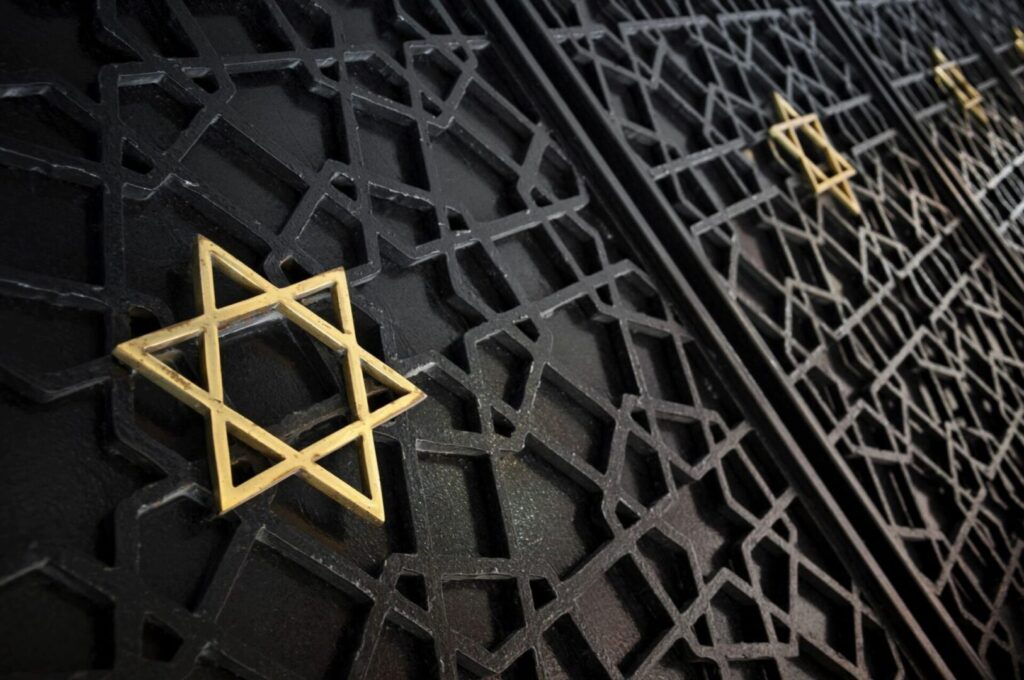
Chanukkah
Chanukkah, also known as the Festival of Lights, marks the re-dedication of the Temple in Jerusalem after the Greek occupation. In the second century BC, the Syrian-Greek empire annexed Israel and over time, idolatry and pagan influences were introduced and the Jews fell under oppression. Jewish laws and practices, including reading from the Torah, were banned. The Temple was desecrated, and the Jews were forced to worship pagan gods under penalty of death.
Then a man named Mattityahu rose up with his sons and friends and revolted against the Greeks. They gained many followers and attacked Greek outposts and destroyed pagan altars. Later on, Mattityahu appointed his son, Judah, to lead the uprising. Judah became known as “Maccabee,” which came from the acronym Mi Kamocha Ba’eilim Adonai (Who is like You, Lord) – מכבי.
In time, they overthrew the Greeks and rededicated the Temple after cleansing it from idols and pagan vandalization. As they were preparing to light the menorah, which was supposed to be lit continuously, they discovered there was only enough oil to last one day. Miraculously the oil burned for eight days, giving them enough time to prepare new oil.
And so we celebrate this festival by lighting an eight branched menorah –a Chanukkiah– each night to commemorate this miracle.
